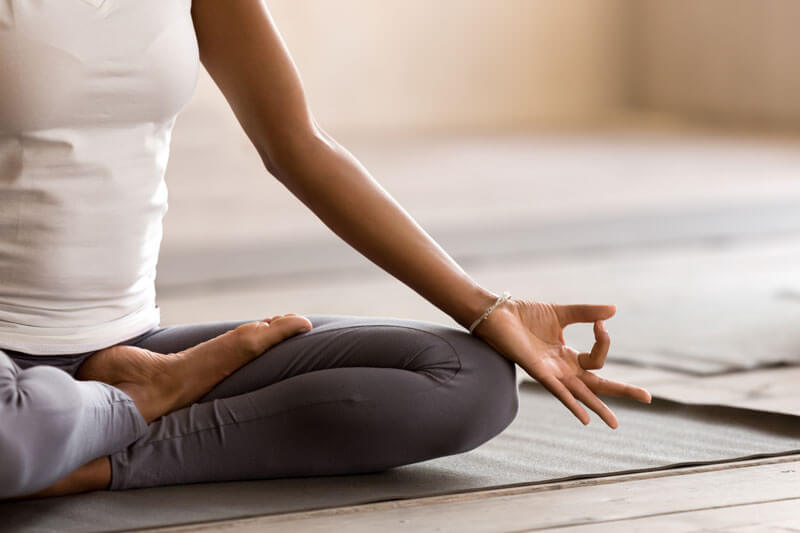When it comes to heart-healthy exercises, yoga may not be the first thing that comes to mind. But anyone who has spent time at a yoga studio knows that this mind-body exercise can get your heart pumping. As it turns out, yoga is good for the you, but how does it benefit the cardiovascular system?
Can You Be Too Old for Yoga?
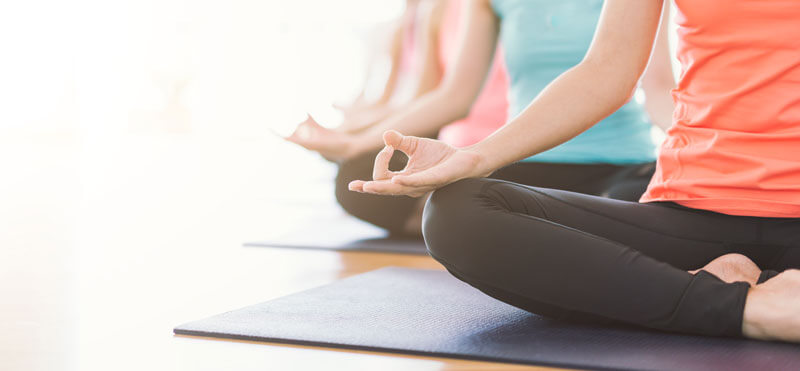
Yoga has become increasingly popular for young adults. Studios are beginning to pop up everywhere for those looking to better their mind and body. You may investigate a yoga class and think, “I’m not that flexible, I can’t do that.” In reality, there is a type of yoga for everyone.
Ashtanga Classes
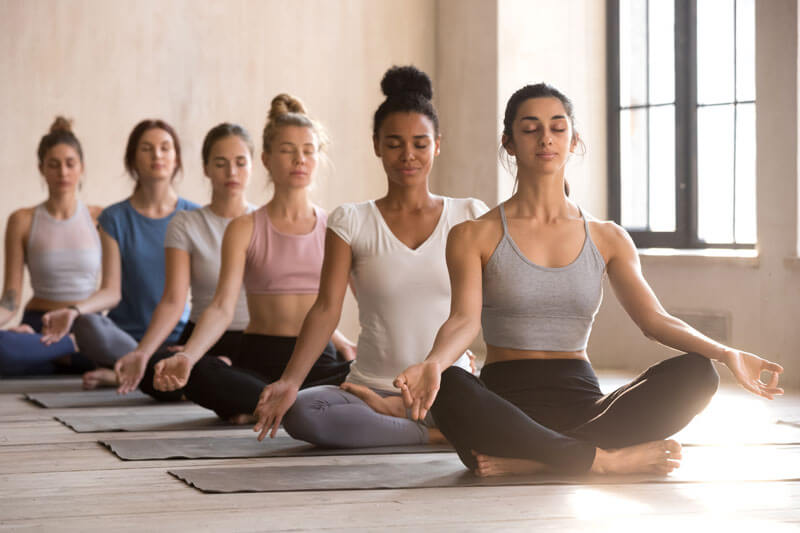
An ashtanga class is centered around conscious breathing and meditation. This form of yoga fits people who may have limited mobility and energy.
Online Yoga

If you’re worried that a yoga course offered by a studio may be too much for you, start online. Whether it’s YouTube or a fitness coach’s website, you can find a large selection of yoga programs that are age and skill level appropriate.
Custom Classes
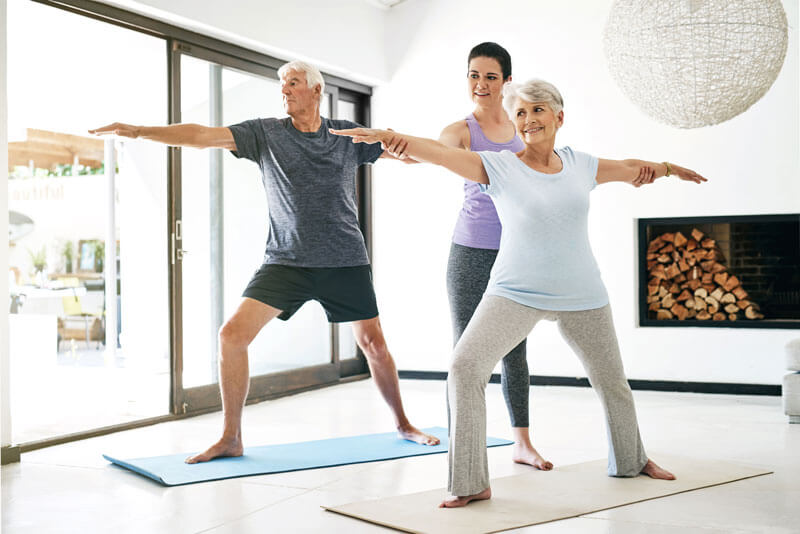
Talk to the yoga instructor before starting a course. Many instructors are willing to work one-on-one to help you get started. They can work at your pace until you feel ready to join a group class. Look for a qualified instructor with certifications and experience.
The above course offerings are beneficial for any age group. When you start, you may find you can’t touch your toes. But, with some patience and practice, even the least flexible person will see huge benefits in mobility and overall health.
Yoga and the Cardiovascular System
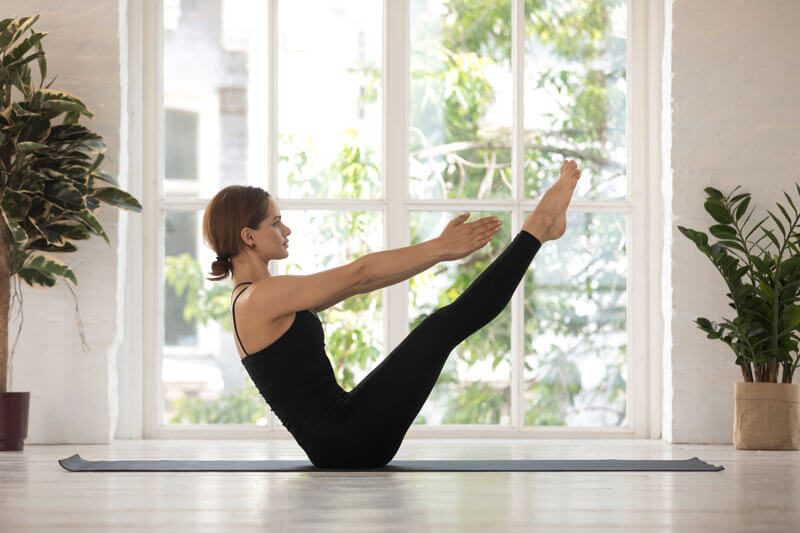
Yoga affects cardiovascular health in several ways. Some postures (or asanas) and certain forms of yoga, such as vinyasa or ashtanga, can raise the heart rate to aerobic levels. Heat-building postures – such as Navasana (Boat Pose), Utkatasana (Chair Pose) and Dolphin Plank – increase heart strength when held for long periods of time.
Other gentler forms of yoga can benefit the heart by helping the blood flow more efficiently.
A 2019 study found significant blood pressure benefits for people who practice yoga. This was especially true for people engaging in hot yoga; a yoga course that uses heated studios.
In a control group of people with elevated blood pressure, many saw a significant decrease after 12 weeks of being in a hot yoga class. In the same study, those people who did not attend yoga saw no decrease in blood pressure in that 12-week period.
Heart-opening postures improve blood flow to the chest while stretching the front of the body. As a result, more oxygen-rich blood enters the heart space.
Yoga and Vein Health
We know that yoga can benefit cardiovascular health, but what about vein health? In a way, the two go hand in hand.
Certain postures can benefit varicose veins. This is particularly true for positions where the lower legs are elevated above the heart. These positions make it easier for veins to push blood back to the heart.
Postures that engage the calf muscles can have the same effect while alleviating pain and pressure.
A Natural Stress-Buster

Yoga can also benefit the heart in a more indirect way by relaxing the mind and body. When we’re feeling stressed, our bodies release cortisol and adrenaline. These stress hormones narrow our arteries and raise our blood pressure.
Lower stress levels can lead to healthier blood pressure. Yoga’s emphasis on deep breathing and stretching reduces tension and stress.
Practicing yoga for just a few hours a week can help you enjoy these cardiovascular benefits. Young or old, even gentle stretching can help to maintain heart health.
Yoga can be great for your heart health, but it may not be your end-all for vein issues. If you are having trouble with varicose veins or are experiencing leg pain, contact us. We can help alleviate any vein issues you may be having in a quick and effective way.

